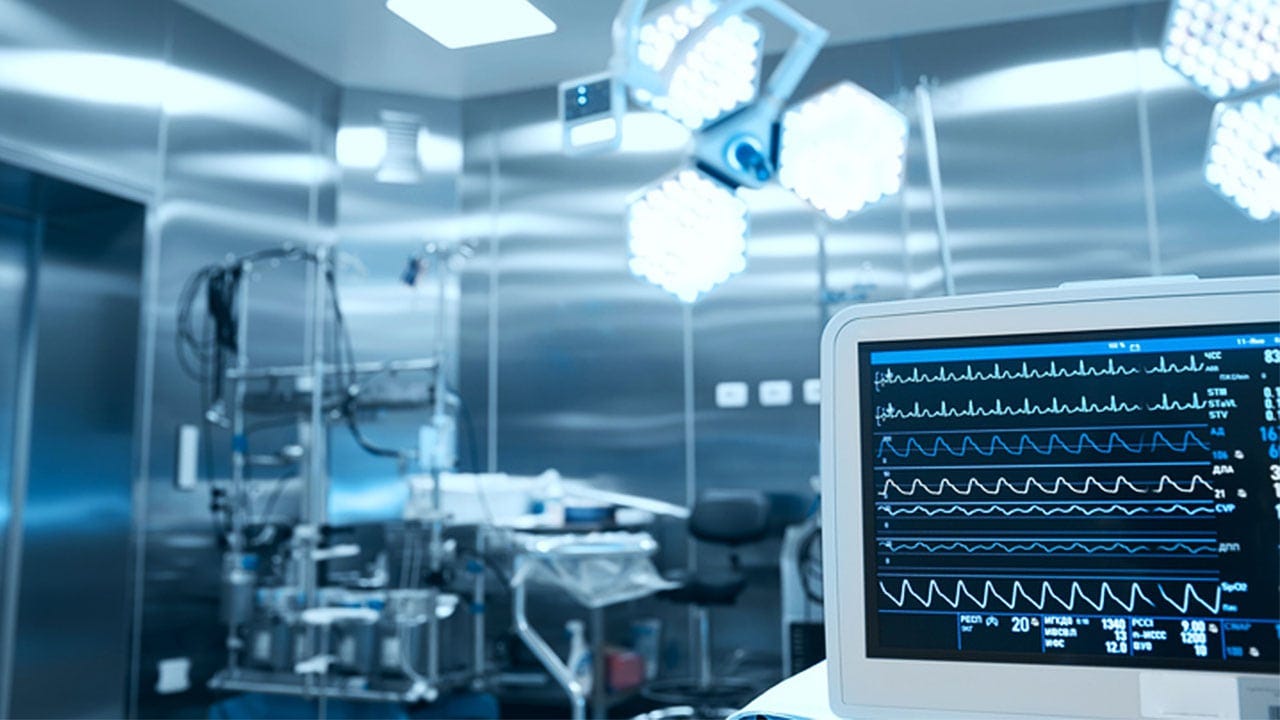Computer-Aided Design (CAD) in Healthcare
Written by Aanya Deshpande
While being a part of the robotics team for 6 years, I was always fascinated by efficient designs, so I utilized CAD (Computer-Aided Design) to create robot designs according to the game’s mission. CAD utilizes computers to create 2D drawings and 3D models to optimize the design process. With CAD software, people can share, review, and collaborate with others to design innovative ideas for products or objects. Even though CAD is primarily used for engineering and architecture, it can also be used in healthcare and medicine.
CAD allows medical professionals to create 3D models and drawings of many health systems and physiologies. These diagrams help diagnose patients and prevent flaws in treatment. It also enhances the efficiency of medical procedures.
CAD plays three main roles in healthcare; precision diagnosis, imaging, and customized treatments. Firstly, combining CAD with imaging scanners, such as MRIs and CTs can create 3D images of a patient’s organs and other biological components. This combination can aid in precisely detecting abnormalities in patients. CAD can also assist in surgeries. Since CAD can digitally construct certain parts of human anatomy, surgeons can assess the best course of action to take, and minimize the risks of surgical procedures. CAD has also shown its efficiency in detecting small anomalies in the context of cancer detection with imaging. Physicians can use CAD to detect cancer quickly, which allows for a timely prognosis and treatment.
Secondly, CAD can aid in personalized medicine for patients. When combined with imaging software, CAD can also detect what treatments will be best for the patient. By utilizing CAD, healthcare professionals can decide what therapeutic interventions to use for a patient based on environmental and genetic data. In some cases, CAD can also be used to design and create prosthetic limbs, dental implants, and bioengineered heart valves. In conclusion, CAD has many benefits in the biomedical field for patients with complex physical problems. CAD can help with medical imaging, diagnoses, and custom medicines for patients. With CAD, the healthcare field can become more efficient and accurate.
References
How CAD is Changing the Field of Medicine
Written by Aanya Deshpande from MEDILOQUY


